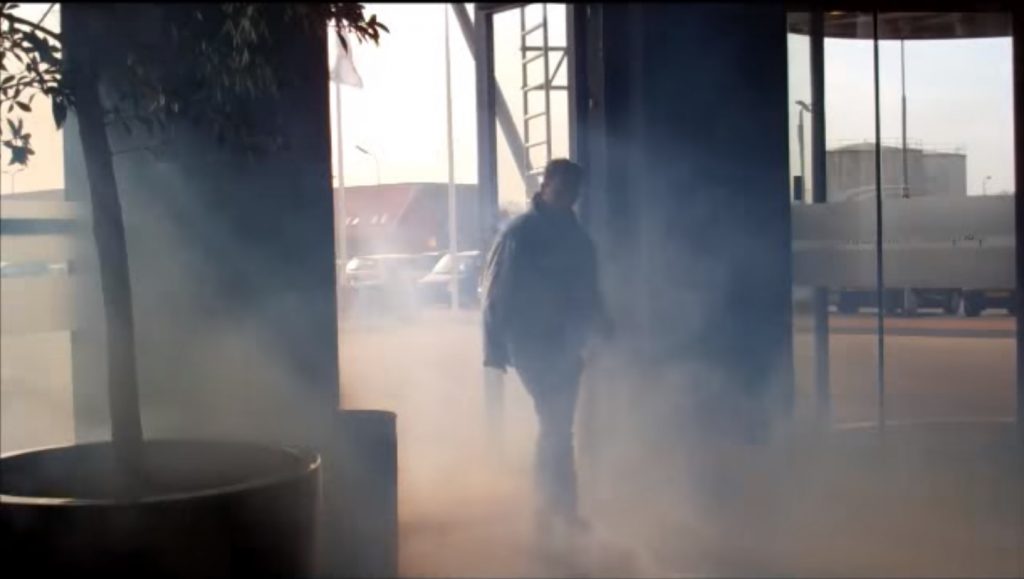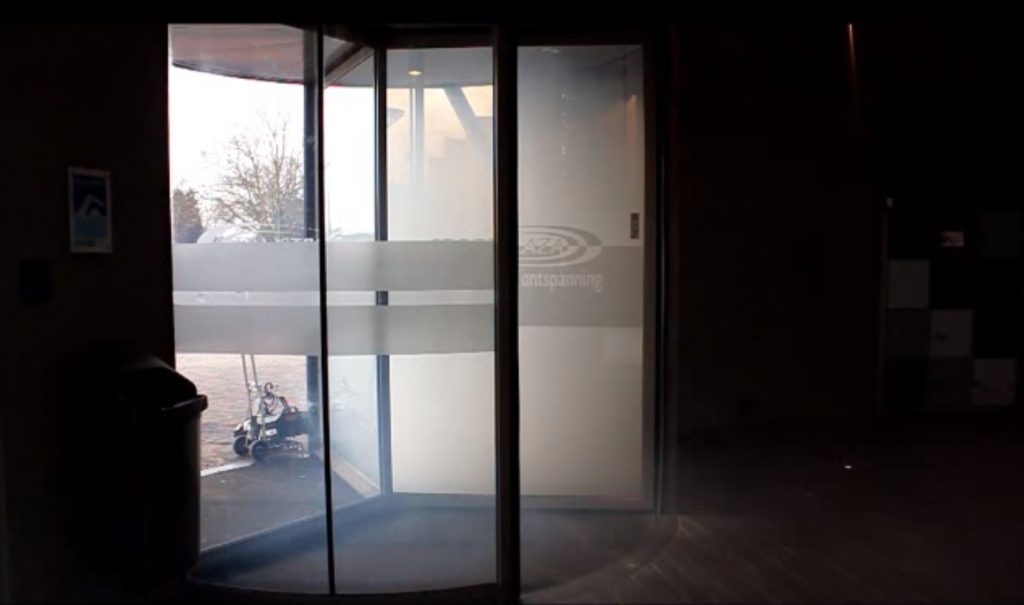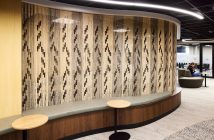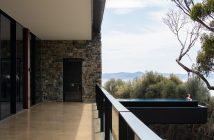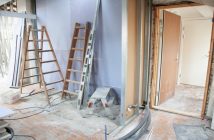Revolving doors function beautifully as airlocks, keep cool air in on warmer days and cold air out in cooler times
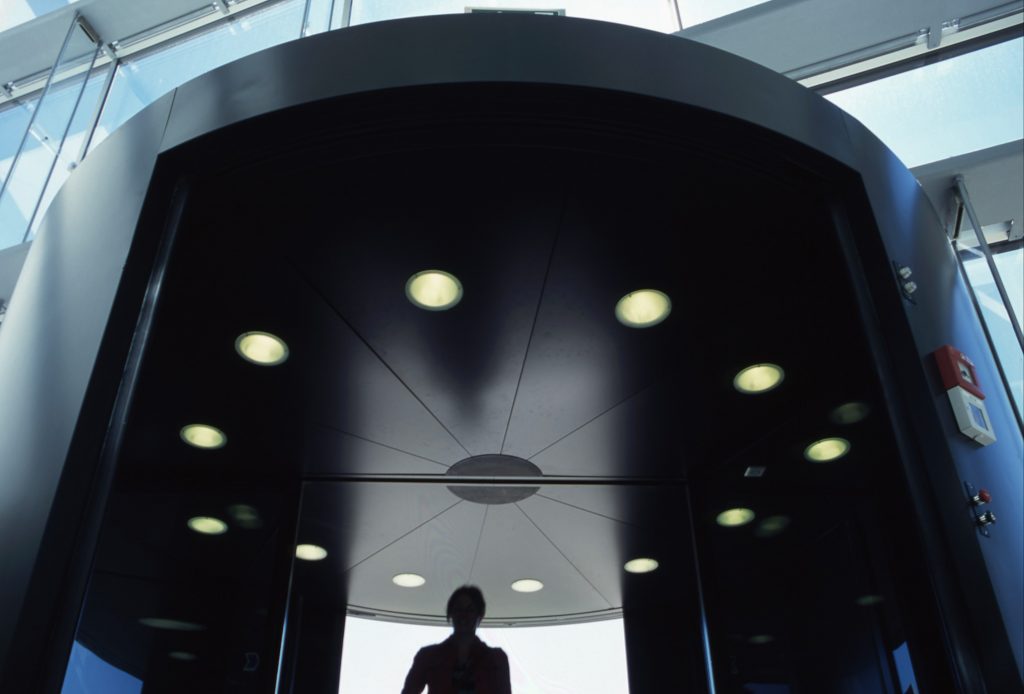
The result of using revolving doors is a smooth pedestrian flow while saving money on heating, ventilation and air-conditioning.
“Because revolving doors cut off the air path between the outside of the building and the inside – compared with a sliding door, for instance – the savings they make on the heating, ventilation and air conditioning (HVAC) costs of larger buildings are substantial,” says HTS Group Managing Director Noel Maharaj.
“Prevention of HVAC losses through inefficient doors is integral to sustainability and the efficiency of green buildings, because HVAC costs are often the single biggest major costs of operating a large building,” he says.
The Energy Efficiency & Conservation Authority has estimated that HVAC represents 40 percent of the typical energy consumption breakdown of an office building, well ahead of the consumption for lighting, equipment and lifts.
“Further, revolving doors are important in buildings that have an elevator. Let’s suppose we have an open door at street level. There is an air path from outside, through the open door, through the elevator doors, up the elevator shaft, and out the vents into the machine room, and out of the building,” says Maharaj.
“Revolving doors act as a draft block, preventing this chimney effect of sucking air in at high speeds and ejecting it through vents in the roof.”
And while the main reasons for using revolving doors are energy efficiencies in heating and cooling and preventing drafts, there are other advantages:
- Revolving doors allow large numbers of people to pass in and out easily and quickly. These doors permit people to be going in and out of the door at the same time in an orderly, safe and controlled manner.
- Most revolving doors can accommodate strollers and wheeled luggage bags, including globally leading Boon Edam designs used in airports, traffic terminals, tourist hot spots and major retail centres worldwide.
- Revolving doors block much street noise from entering a building, as well as pollutants and irritants affecting many in urban environments.
- The noise created by a hinged door opening and closing is eliminated. Car and bus fumes are locked out.
- They prevent the strong drafts that hinged or swinging doors can create, a wind that is strong enough to blow small objects around. Revolving doors assist people carrying packages because both hands are freed.
- They usually have glass panels, which allow people to see and anticipate who is coming and going.
- Revolving doors can be used for security purposes, involving radiation detectors and metal detectors. Sensors can go off it a person tries to enter in the wrong direction.
- Large revolving door systems may have, in the central pivot, a small glass enclosure permitting the display of sculptures, mannequins, plants and advertisements.
“Architects using revolving doors appreciate the fact that they can render a building more aesthetically impressive and pleasing by the size of the doors and the aesthetic scale they create,” says Maharaj.
Security and access control experts, HTS Group, distribute Royal Boon Edam revolving doors and security entrances throughout New Zealand.
The Boon Edam range optimises the inherent HVAC advantages of its of revolving doors.
The doors are used globally by scores of Fortune 500 companies in 27 countries.
In New Zealand, the company is also offering OEM-standard maintenance packages that optimise the HVAC performance and operating durability of revolving doors.
Revolving doors have a higher up-front cost compared with sliding doors, but their saving on HVAC and maintenance costs lead to greater savings in the long term.
Smoke tests demonstrate the difference in airflow control between standard open doors, left, and revolving doors, right
The revolving door was invented and patented by Theophilus Van Kannel of Philadelphia in 1888. The world’s first revolving door was installed in a restaurant in New York’s Times Square 10 years later.
HTS Group distributes Boon Edam’s comprehensive and globally market-leading security suite – including full height turnstiles, speedstiles, security revolving doors and security portals – as well as an extensive range of architectural revolving doors, throughout New Zealand.
Ed MacDonald + 64 27 383 3344: [email protected] www.htsgroup.co.nz

